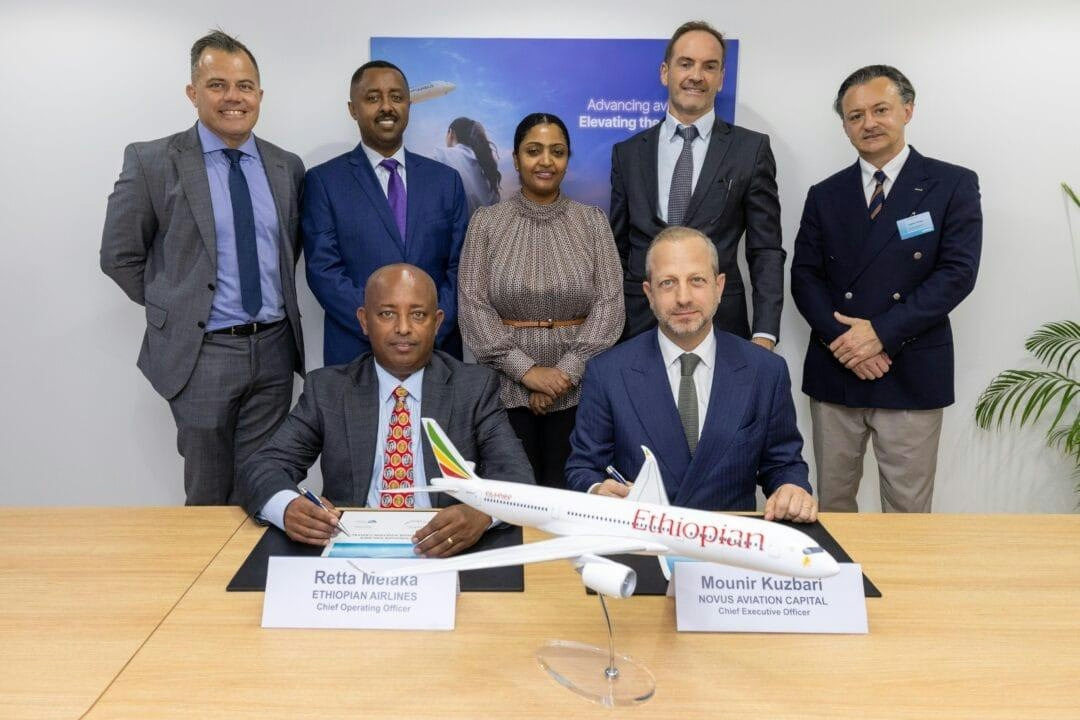
AeroGenie - مساعد الطيار الذكي الخاص بك.
الرائج الآن
Categories
Parliament Panel to Review Aviation Safety Following AI-171 Crash
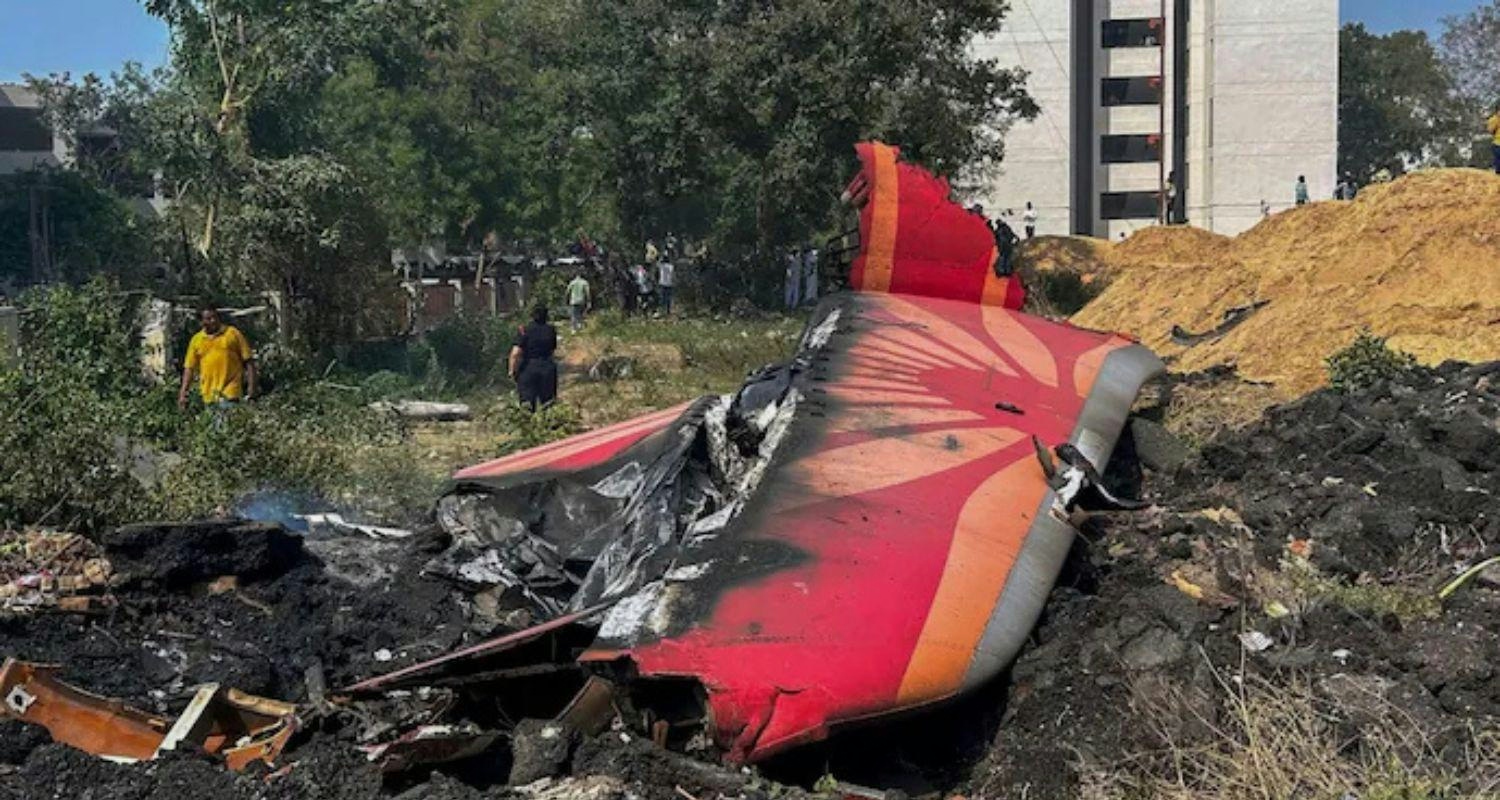
Parliament Panel to Review Aviation Safety Following AI-171 Crash
Intensified Scrutiny After Ahmedabad Tragedy
In the wake of the fatal Air India AI-171 crash at Ahmedabad Airport, which resulted in multiple casualties and injuries, aviation safety in India has come under heightened scrutiny. The incident has prompted swift action from authorities, with the Parliamentary Standing Committee on Transport, Tourism, and Culture scheduling a full-day session to assess the current state of aviation safety and security across the country. Chaired by JD(U) MP Sanjay Jha, the committee’s meeting will convene members from both Houses of Parliament alongside senior officials from the Directorate General of Civil Aviation (DGCA), the Ministry of Civil Aviation, and the Airports Authority of India (AAI).
The session will also include participation from top executives and safety officials representing major airlines such as Air India, IndiGo, SpiceJet, and Akasa Air, as well as representatives from private airport operators including the Adani and GMR groups. The agenda focuses on a comprehensive review of recent safety lapses, existing regulatory frameworks, and potential reforms aimed at preventing future accidents.
Industry Challenges and Regulatory Response
The Aircraft Accident Investigation Bureau (AAIB) has submitted its initial report on the AI-171 crash to the Ministry of Civil Aviation, highlighting maintenance and operational challenges prevalent across the sector. India’s aviation industry, one of the fastest-growing globally with over 400 million passengers annually, faces mounting pressure as rapid expansion has frequently outpaced the development of safety infrastructure. Recent weeks have witnessed a series of incidents, including emergency landings, runway skids, and technical failures, raising serious concerns about compliance, maintenance standards, and operational oversight.
The AI-171 crash has further exposed significant vulnerabilities within the industry. For Air India, the incident presents major challenges, including reputational damage, increased regulatory scrutiny, and potential compensation claims from victims’ families. The market has responded with a temporary decline in Air India’s stock price and anticipations of higher insurance premiums. Meanwhile, competing airlines have initiated enhanced safety measures and public relations campaigns to reassure passengers and differentiate themselves from Air India.
A recent aviation safety audit uncovered multiple maintenance lapses across airlines and airports, prompting the DGCA to initiate additional audits and consider stricter regulatory oversight. These developments are expected to lead to increased insurance costs throughout the sector, as the crash is likely to trigger substantial insurance claims and drive premiums upward.
Government Initiatives and International Concerns
International bodies, including the International Civil Aviation Organisation (ICAO), have expressed concerns regarding India’s compliance with global safety standards. In response, the government is accelerating upgrades at airports, particularly smaller regional facilities, by enhancing navigation systems, runway lighting, and emergency response capabilities.
The forthcoming parliamentary session underscores the government’s commitment to strengthening aviation safety. Key topics will include the enforcement of stricter maintenance and inspection regimes, a thorough review of safety protocols, and the implementation of necessary reforms. The Modi administration has previously pledged over Rs 1 lakh crore for new airport development and infrastructure upgrades over the next five years, reflecting a renewed focus on ensuring passenger safety and restoring public confidence in India’s aviation sector.
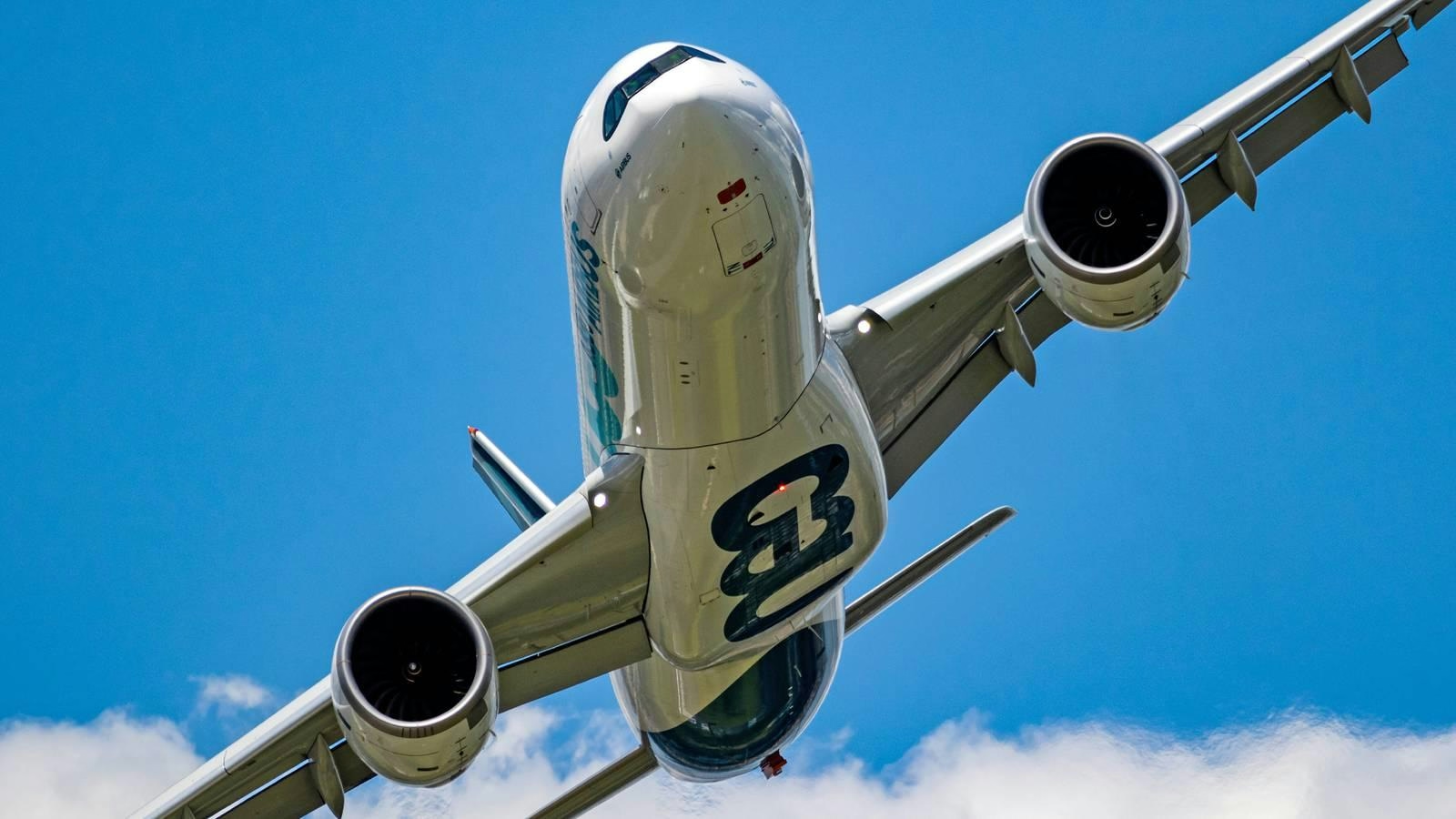
Why Is the Airbus A330neo Limited to a Single Engine Type?
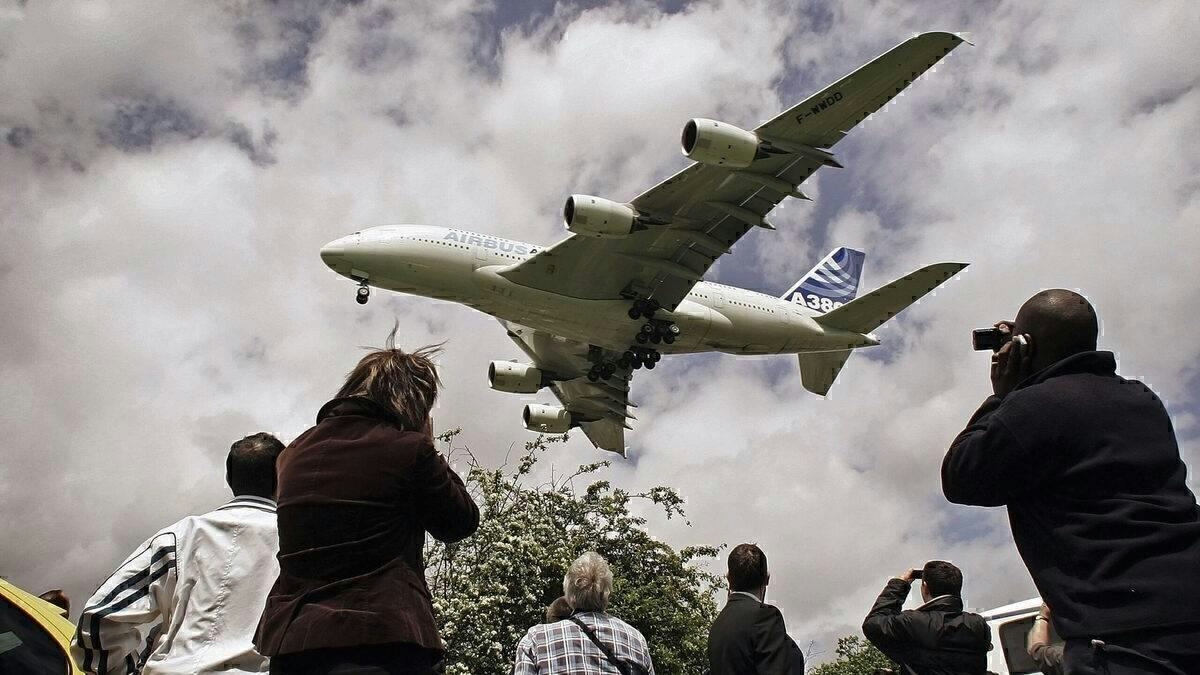
FedEx Cancels Airbus A380 Order

Why AI Hasn’t Transformed Flight Booking
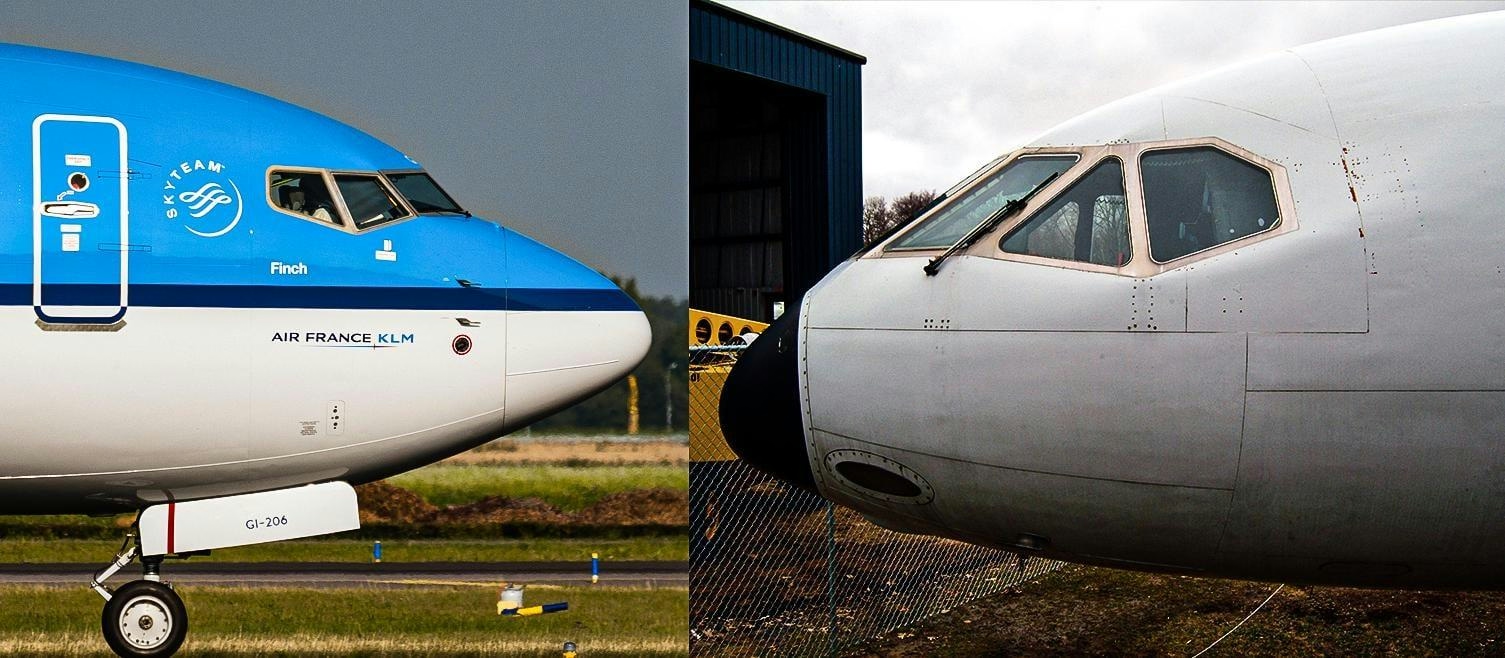
Why Are Boeing Aircraft Noses More Pointed Than Airbus?
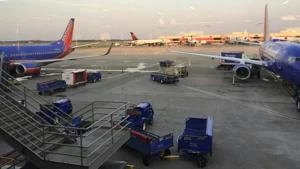
Digitizing the Aviation Supply Chain: Moving Beyond Outdated Practices
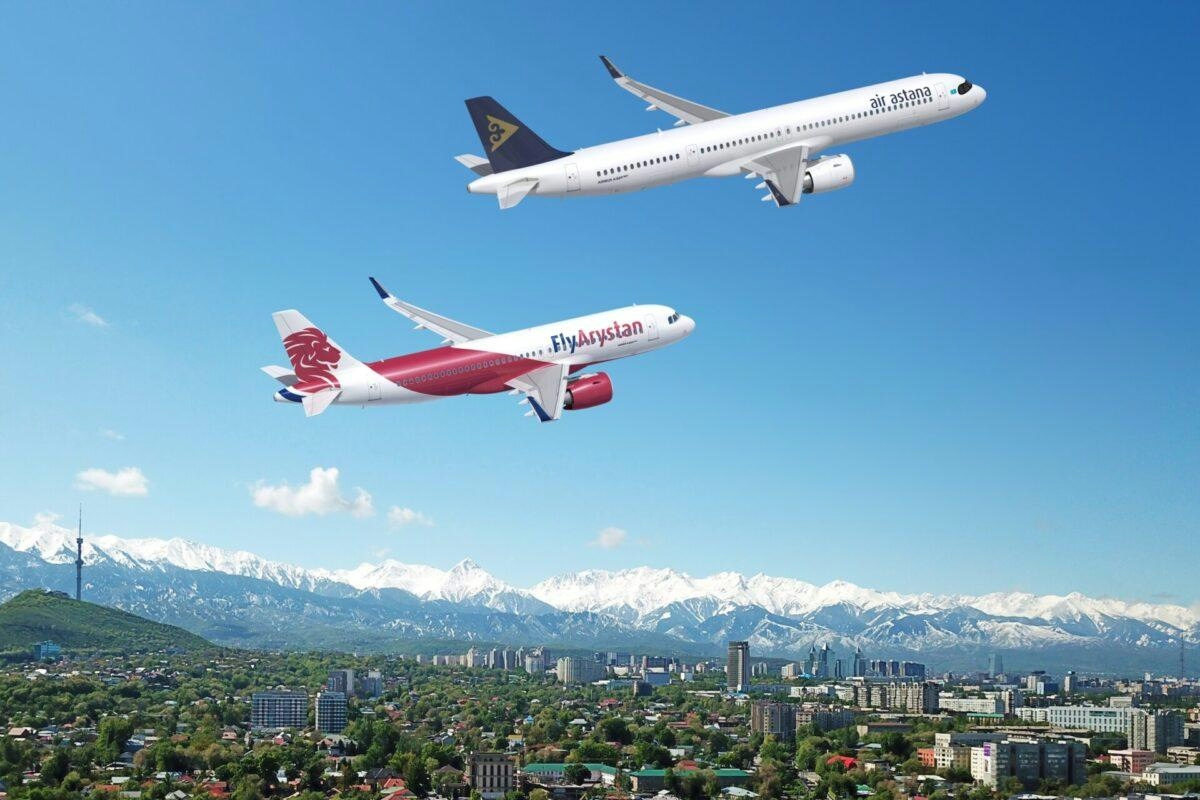
Air Astana Signs Agreement for Up to 50 Airbus A320neo Jets

East London students explore aviation innovation at LCY STEM event

Archer’s Air Taxi Fails to Fly at Dubai Airshow
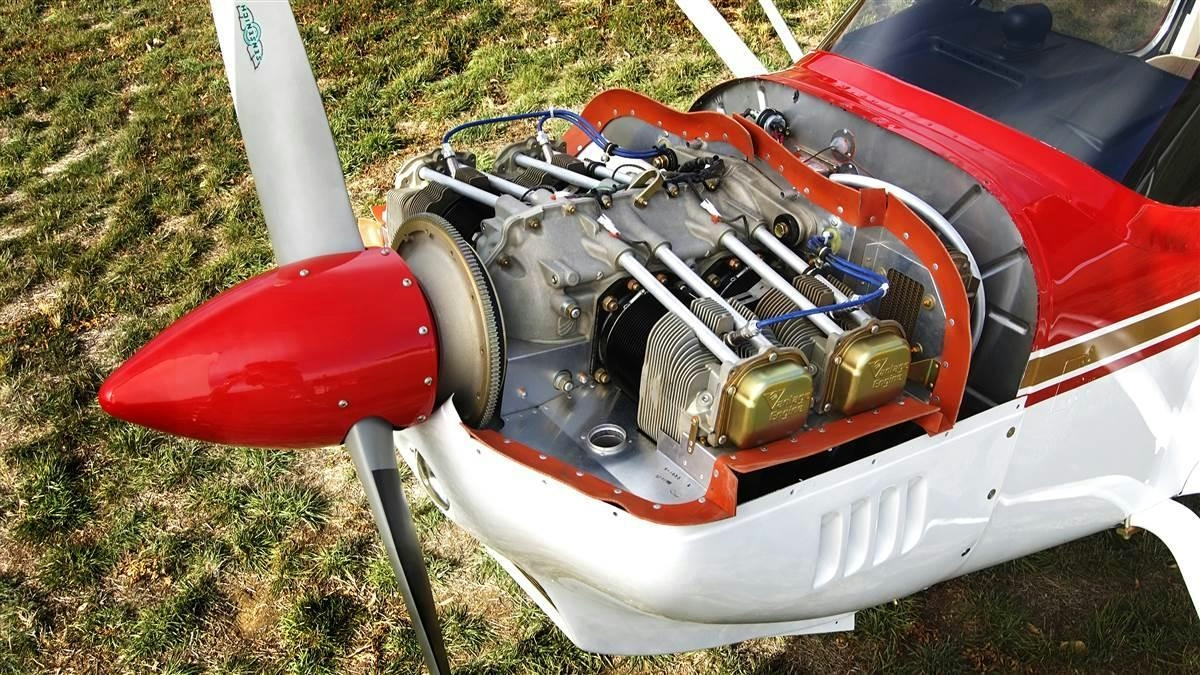
New Course on Airplane Engine Operations Launched
